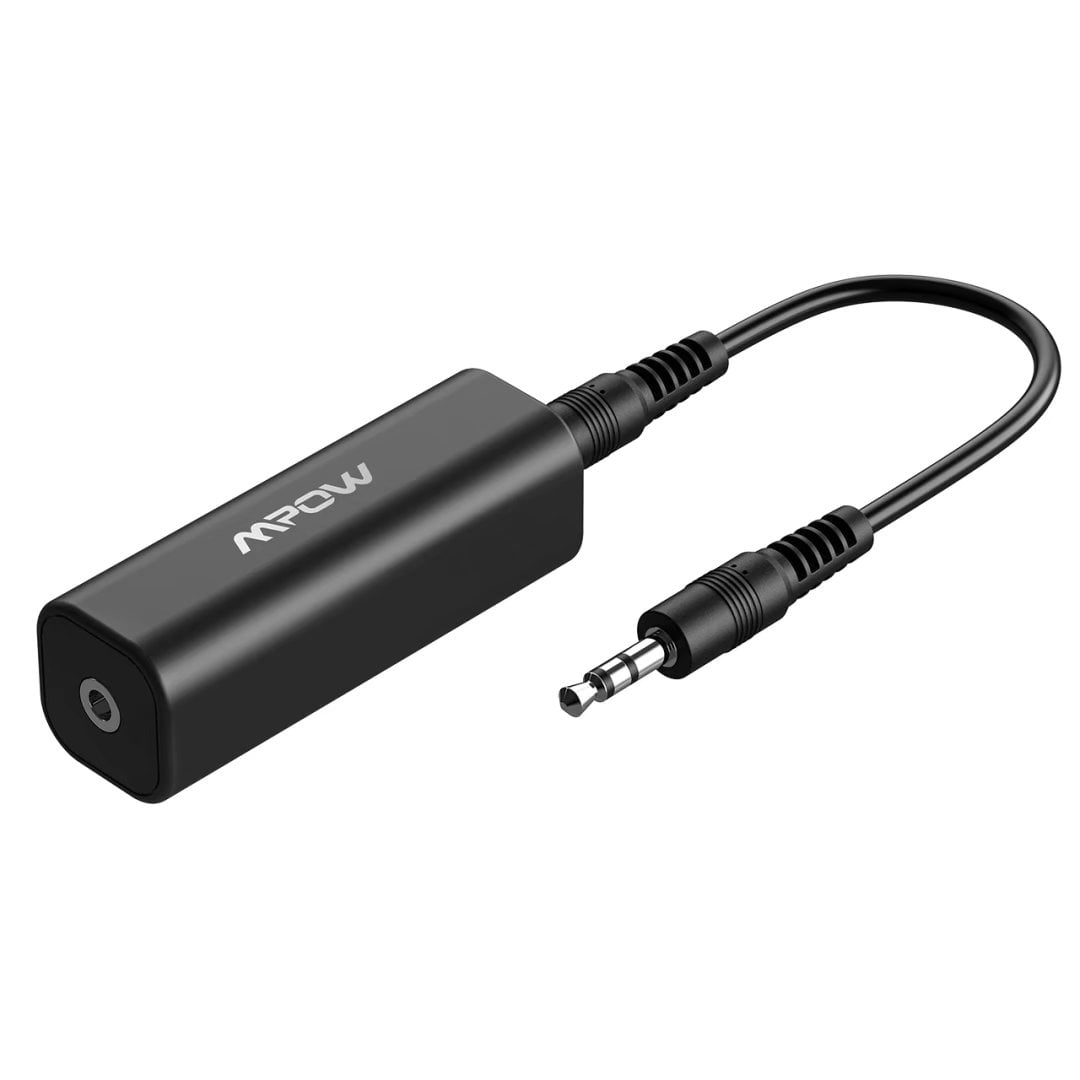

Oreas are available in two versions, depending on the weight of the component supported: the standard model, suitable for most amps, and a heavy-duty version for massive monoblocks. My experience with the Gaias had been very positive if the Oreas were anything like that, I had to try them. (Orea is a simplified form of Ourea, for the nine primordial mountain gods of Greek mythology, all progeny of Gaia: the Earth.) He suggested that I try the Oreas under the Stellar M700s. He told me that they had a new product, the Orea, that applies to audio electronicspreamps, power amps, DACsthe isolation technology used in the Gaia.
#Audio isolator install
Then you can download and install the latest version of Skype and check if Windows Audio Device Graph Isolation high CPU issue disappears.After I'd concluded my critical listening sessions with the PS Audio Stellar M700s that I review elsewhere in this issue, I got a call from Dave Morrison of IsoAcoustics, in Markham, Ontario, makers of the Gaia loudspeaker isolation feet. Find and right-click on Skype from the program list and select Uninstall. Copy and paste appwiz.cpl to the Run box and then hit Enter. Step 1.Press Windows + R keys on the keyboard to bring up the Run dialog box. To uninstall Skype, you can follow the steps below: We recommend you to reinstall the latest version of Skype from the official site.

So if the above fixes do not work for you, you can uninstall Skype from your computer and reinstall it. Some Windows users reported that they fixed Windows Audio Device Graph Isolation high CPU issue by uninstalling Skype and reinstalling it. On the Enhancements tab, check the box next to Disable all sound effects. Under the Playback tab, right- click on Speakers and choose Properties. Right-click on the speaker icon in the Windows taskbar and select Playback devices from the menu. If the above fix cannot help you, you can try this method to disable all sound effects. Disable All Sound Effectsĭisabling some of the advanced audio effects may help you resolve the udiodg.exe Windows Audio Device Graph Isolation high CPU issue.
#Audio isolator Pc
Then you can restart your PC and check if the Windows Audio Device Graph Isolation high CPU issue gets fixed. Click Uninstall to start the uninstallation process. Right-click the sound card device name and choose Uninstall from the menu.

Find and expand the Sound, video and game controllers category in Device Manager. Then input devmgmt.msc in the Run box and hit Enter. Right click Windows Start menu and choose Run.

#Audio isolator how to
if you don't know how to reinstall the audio driver, just follow the steps below. To fix the issue, you can try reinstalling the audio drive on your PC. Windows Audio Device Graph Isolation high CPU could be caused by a faulty audio driver. How to fix Windows Audio Device Graph Isolation high CPU usage? The following has provided top 3 solutions that can help you fix the issue. For example, many users reported that the Windows Audio Device Graph Isolation consumed high CPU on their operating system, affecting their computer performance. This process is always running in the background and you can find it in Task Manager. Windows Audio Device Graph Isolation” is separated from the standard Windows Audio service, which makes third-party apps can run sound on your computer without touching Windows Audio service itself. Windows Audio Device Graph Isolation is the primary audio engine in Windows 10, which handles the advanced audio enhancement effects provided by Windows. What Is Windows Audio Device Graph Isolation At this time, you may wonder: what is Windows Audio Device Graph Isolation? Is it a virus? How can I fix Windows Audio Device Graph Isolation high CPU issue? When opening task manager, you might notice the process Windows Audio Device Graph Isolation.


 0 kommentar(er)
0 kommentar(er)
